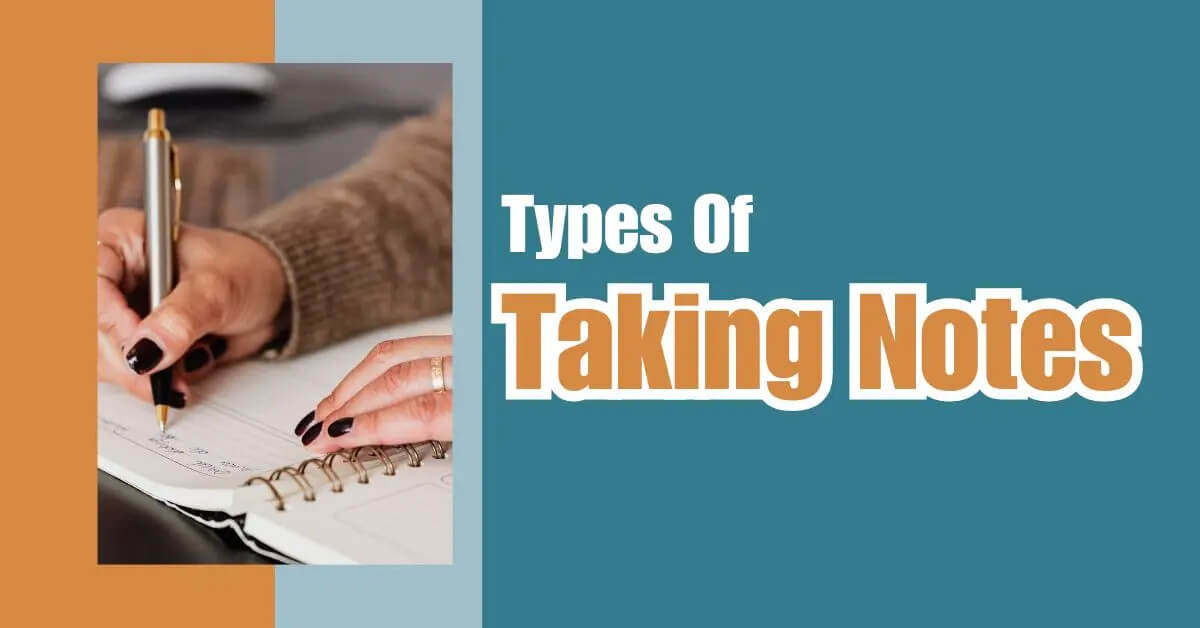Types Of Note Taking - Here's What to Know
Note taking is a fundamental skill that is crucial for success in any academic or professional setting. However, there are so many different types of note taking techniques. It can seem overwhelming to decide which one is best for you. In this article, we will explore seven different types of note taking. We will also shed light on which method is for which situation, their strengths and weaknesses. So let's get started!
7 Note Taking Methods You Should Know
Although there is now highly advanced AI interview transcription software available, you still need to know how to take proper notes. You may not or cannot use technology in every scenario. In such situations, note taking will come in very handy. There are numerous note taking methods that you can use to streamline your note taking process and improve your learning experience. Let's have a look at seven note taking methods that you should know.
The Sentence Method
If you have limited time and information is coming at you fast, the sentence technique is your go-to technique. It lets you keep accurate records of meetings or lectures. This method is excellent for quickly recording important information. But it has one problem; it can seem difficult later to understand which is which. So the best practice is to use this strategy only for taking quick notes during the session and then reformat them correctly afterwards.
The Cornell Method
Walter Pauk of Cornell University developed the Cornell technique over 50 years ago. It is a systematic approach to organizing and reviewing information. In this method, first, you have to divide your note taking paper into three sections. The left column is narrower; it is for writing down key topics, questions, or prompts. The information in this section aids in the future for material memorization and later review. The right column is wider; it is reserved for more detailed note taking and further exploration of essential concepts. Finally, the bottom section is for summarizing and evaluating feedback. The Cornell technique lets you quickly capture critical ideas on the left side of the page and creates ample space on the right for summaries, questions, and comments. This approach also allows for efficient note taking and promotes active engagement with the material. Thus, increasing retention and a deeper understanding of the subject matter.
The Flow-based Note Taking Method
The Flow technique is one of the most effective nonlinear approaches. This method does not use any predefined structure or sections in your note taking page. It relies on natural unfolding of information and moving from one piece to the other. The Flow technique connects related ideas using arrows and lines and allows you to visualize the relationships between diverse concepts. This approach is beneficial for courses requiring synthesis, as it helps you understand how multiple ideas fit together to understand the topic thoroughly. Additionally, visual learners may find this technique especially helpful, as it organizes information spatially rather than in a traditional table format.
The Boxing Method
The Boxing Method offers a unique note taking strategy. This method uses boxes to organize your notes. Each page of your notes features multiple boxes. The boxes containing related information. You can draw small inside those boxes for writing more information on a respective topic. Thus, one large box can contain multiple small boxes with a variety of information. This approach provides the added benefit of being visually appealing and also makes it easy to focus on one box at a time. For an entirely different topic, you can draw another box and start taking notes in there. You can thoroughly study each box before moving on to the next, ensuring you get all the essential details. However, you should know that there may be better methods for use during lectures. Boxing takes more time to organize. Like charting, it's best suited for situations where you have more time to plan and structure your notes.
The Charting Method
The charting method is great for dealing with large amounts of data, statistics, or comparisons. Charts visually represent data and help you identify relationships and discrepancies that aren't immediately apparent. Whether you are conducting statistical analysis or data analysis, charts can provide valuable insights that are otherwise difficult to obtain. The charting method uses charts comprising rows and columns. The number of rows depends on the amount of information you are trying to gather. But there are usually 3 rows. The first row is for topic name, the second row describes what the topic is about and the third row denotes your observation about the information you accumulated regarding each topic.
The Outline Method
The outline approach is a widely used and straightforward note taking method. To use this technique, you start with a central topic and then indent subtopics and supporting facts below it using bullet points. This method is popular because it saves time by avoiding the need for revision or extensive note-reading. Additionally


